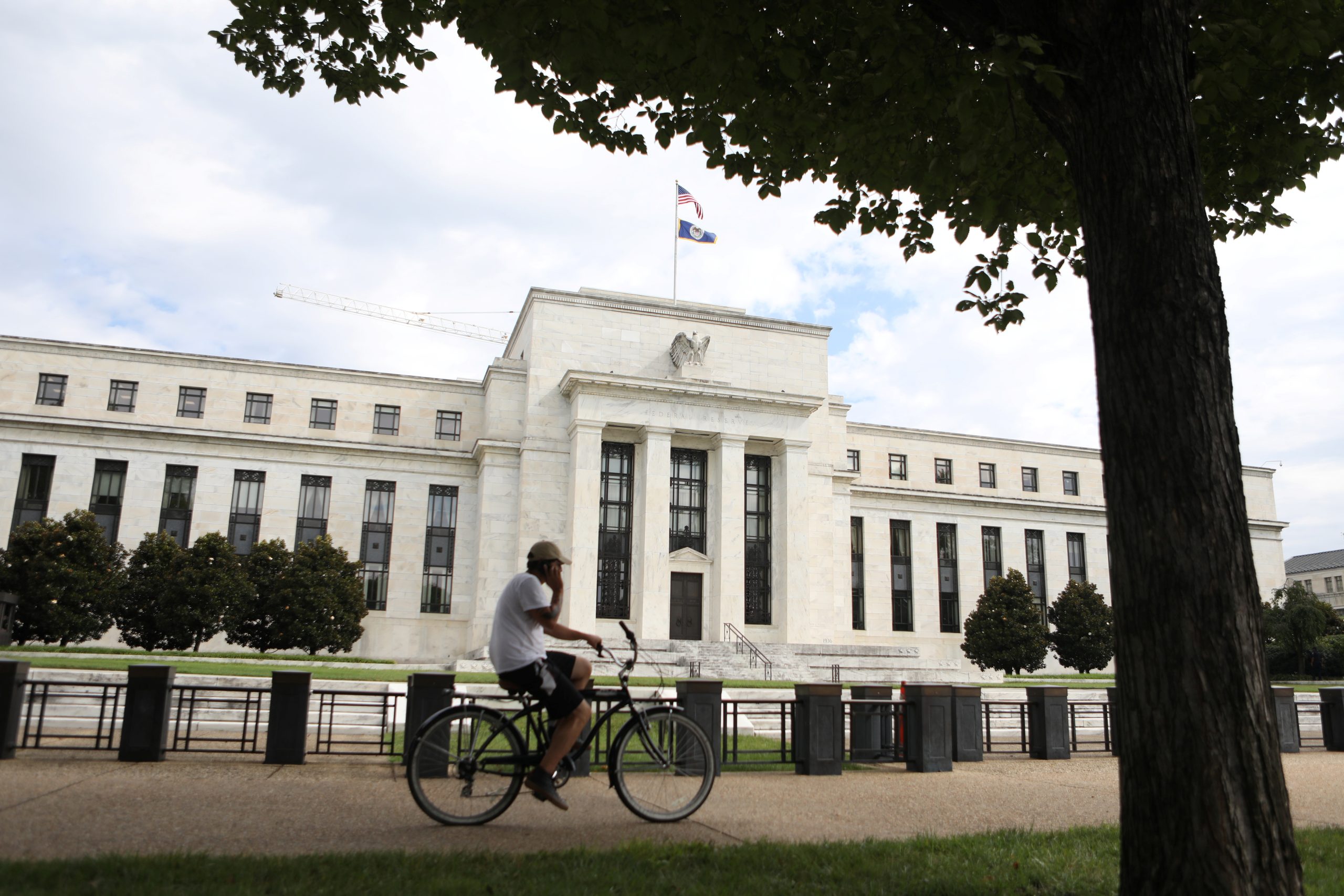According to the Federal Reserve, all 23 U.S. banks participating in the annual stress test effectively navigated a severe recession scenario and maintained their lending activities to both consumers and corporations.
Despite facing projected losses of $541 billion as a group, the banks managed to sustain minimum capital levels and sustain credit provision to the economy during the hypothetical recession, as stated by the Federal Reserve in a release.
Introduced in response to the 2008 financial crisis, which was partly attributed to reckless banking practices, the Federal Reserve’s annual stress test determines the amount of capital that banks can distribute to shareholders through buybacks and dividends.
In this year’s examination, the banks were subjected to a “severe global recession” scenario, featuring a 10% spike in unemployment, a 40% decrease in commercial real estate values, and a 38% decline in housing prices.
Following the recent collapse of three midsize banks, there has been increased scrutiny on the banking sector. However, smaller banks are exempt from the Federal Reserve’s stress test.
The examination primarily focuses on major institutions such as JPMorgan Chase and Wells Fargo, as well as international banks with significant operations in the United States. It also includes the largest regional players like PNC and Truist.
Consequently, passing the stress test is no longer an absolute indication of a clean bill of health as it has been in the past. In the following months, regional banks can anticipate heightened regulations due to recent failures, while stricter global standards are expected to raise capital requirements for the nation’s largest banks.
“In today’s findings, it is evident that the banking system retains its strength and resilience,” stated Michael Barr, the Fed’s Vice Chair for Supervision, in the release.
He further emphasized that the stress test is merely one method of assessing such strength, and cautioned against complacency, urging ongoing efforts to ensure banks can withstand diverse economic scenarios, market shocks, and other forms of stress.
The Federal Reserve disclosed that losses on loans accounted for 78% of the projected losses totaling $541 billion. The remaining portion largely stemmed from trading losses at Wall Street firms. The rate of loan losses exhibited significant variation among the banks, ranging from a low of 1.3% at Charles Schwab to 14.7% at Capital One.
Among the loan products assessed in the examination, credit cards emerged as the most challenging. The group’s average loss rate for credit cards stood at 17.4%, which significantly surpassed the next highest average loss rate of 8.8% observed for commercial real estate loans.
Goldman Sachs exhibited the highest loss rate of nearly 25% in the hypothetical downturn among card lenders, marking the highest rate for any specific loan category among the 23 banks. Capital One followed closely with a 22% loss rate.
The increasing losses in Goldman’s consumer division, primarily driven by credit card loan provisions, compelled CEO David Solomon to shift away from the retail banking strategy.
During the simulated recession, regional banks witnessed a decrease in their total capital levels, declining from 12.4% to 10.1%.
However, the average figure masks more significant impacts on capital observed among banks with higher exposure to commercial real estate and credit card loans. Capital, which acts as a buffer against loan losses, suffered more pronounced hits in these cases.
In the stress test examination, regional banks such as U.S. Bank, Truist, Citizens, M&T, and Capital One (known for its credit card focus) displayed the lowest stressed capital levels, ranging from 6% to 8%.
Although these levels remain above the existing standards, they could become a factor if forthcoming regulations require the industry to maintain higher capital levels.
According to Jefferies analyst Ken Usdin’s research note, large banks demonstrated relatively stronger performance compared to regional and card-centric firms. Usdin also highlighted that Capital One, Citigroup, Citizens, and Truist may face the most significant increases in required capital buffers following the examination.
After the conclusion of regular trading on Friday, banks are anticipated to announce revised plans for buybacks and dividends. Considering the uncertainties surrounding forthcoming regulations and the potential risk of an actual recession in the coming year, analysts predict that banks will adopt a relatively cautious approach with their capital plans.
Source : cnbc.com







